Mercedes-Benz debuted an amazing new idea this week that links design legacy and mobility goals for tomorrow. Called Vision Iconic, the show car blends sophisticated electric and automated technologies with the refinement of 1930s Art Deco.
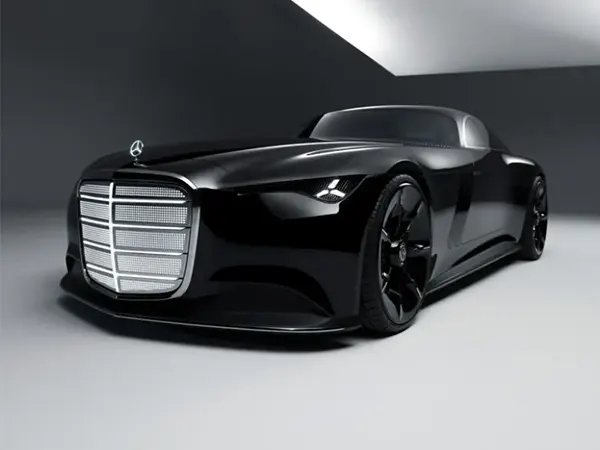
Initially, Mercedes-Benz Vision Iconic appears more like a sculpture than a vehicle. Clearly a tribute to Mercedes’ prewar radiator designs, the strong upright grille has been reinvented in a bright, slab-like shape surrounded by slim headlights that reflect its vintage inspirations. With flowing curves and muted decorations, its bodywork is elegant and basic, whispering rather than shouting luxury.
Inside, the design inverts the conventional high-tech cabin. Mercedes-Benz Vision Iconic presents what Mercedes refers to as a hyper-analogue experience: a floating glass dash called ‘Zeppelin,’ remnants of physical knobs, blue velvet upholstery, and brass accents in place of walls of screens. Mercedes claims that upon entry, a clock-like, analogue animation stirs, marrying ancient and modern in a way meant to feel timeless.

Patterned in Art Deco patterns, the straw marquetry on the floor underlines that link to workmanship and era-driven aesthetics. Beyond appearance, though, lies genuine experimentation. The outer coating includes a photovoltaic ‘solar paint’ layer, a near-invisible photovoltaic film that under perfect circumstances might produce energy spanning thousands of miles yearly.
Simultaneously, the vehicle previews steer-by-wire and neuromorphic computing, looking to lower the energy cost of autonomous driving by up to 90% relative to current systems. This innovation reflects Mercedes-Benz Vision Iconic broader push toward electric cars while Mercedes’ electric car sales accelerate again as the brand regains momentum in the EV market.
Mercedes-Benz Vision Iconic also helps Level 4 independence in appropriate situations. Mercedes design director Gorden Wagener calls the project “a sculpture in motion,” one meant less for production than for charting the path of the company’s future design. Mercedes is signaling a strategic comeback when it reveals Vision Iconic: to explore its aesthetic origins while moving ahead with sustainable, intelligent mobility. Although it might not be a production vehicle, it makes a strong declaration of intent.


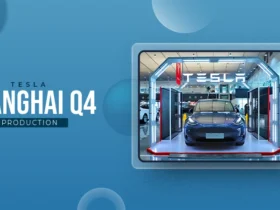
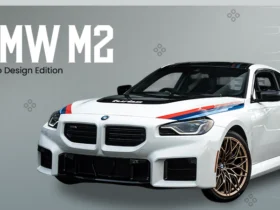
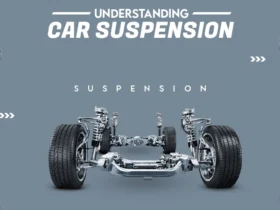


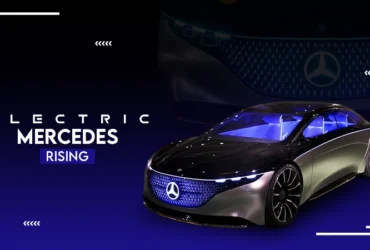


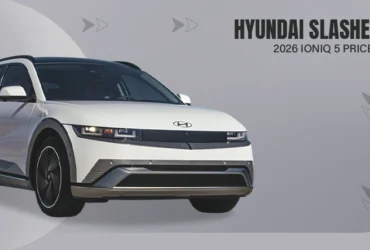
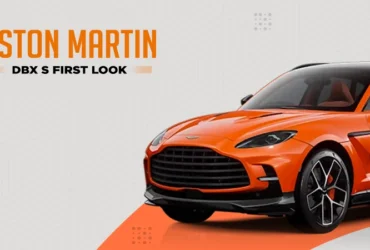
Leave a Reply